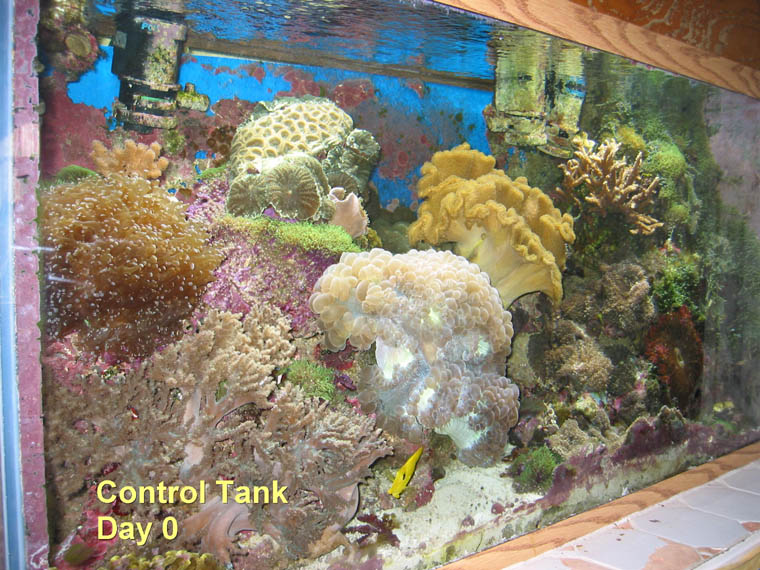Randy Holmes-Farley
Reef Chemist
View Badges
Staff member
Super Moderator
Excellence Award
Expert Contributor
Article Contributor
R2R Research
My Tank Thread
- Joined
- Sep 5, 2014
- Messages
- 67,410
- Reaction score
- 63,761
just wanted to get back to you to say thank you for your help - have the dosing going now because of your kindness.
You’re welcome.
Let us know how it goes!



















